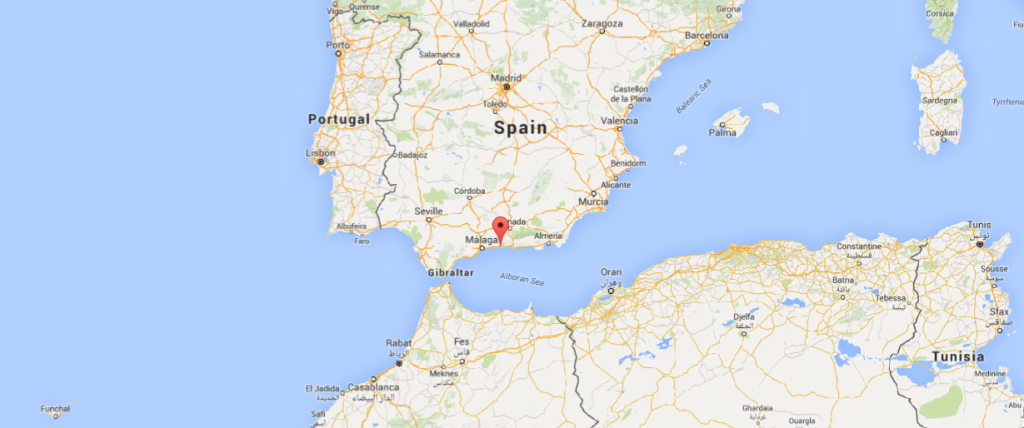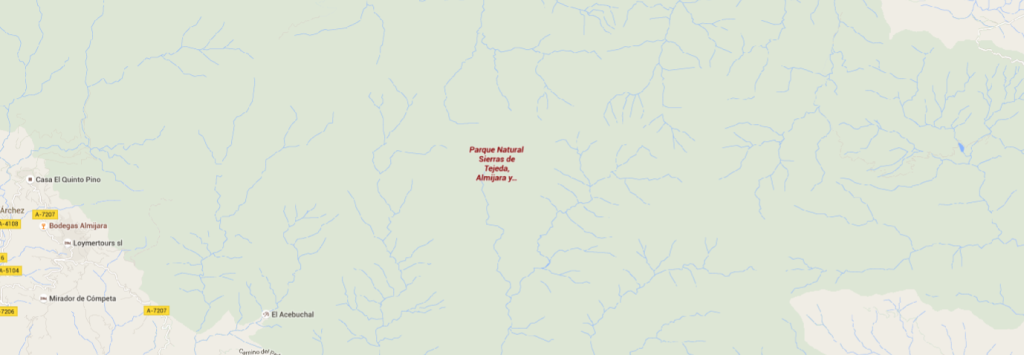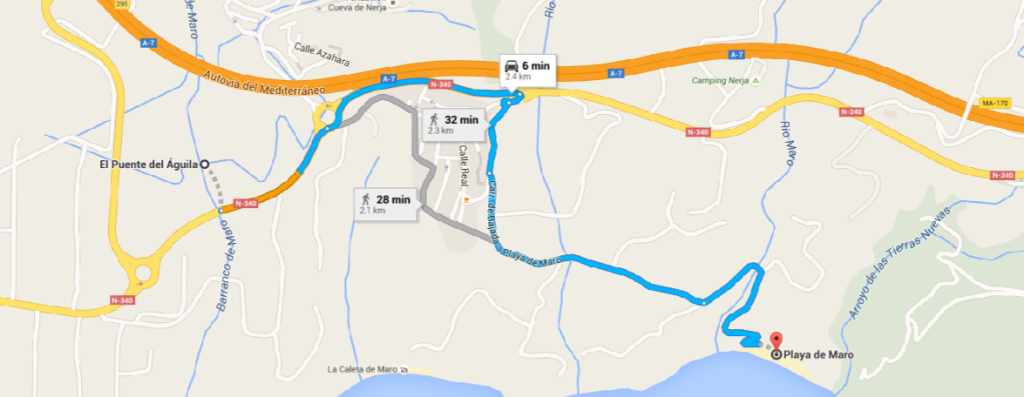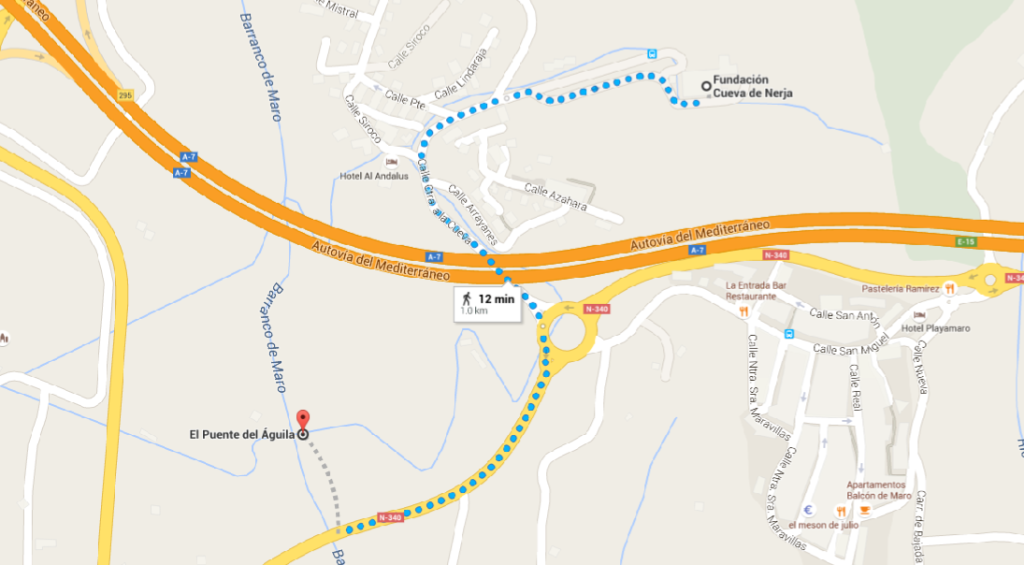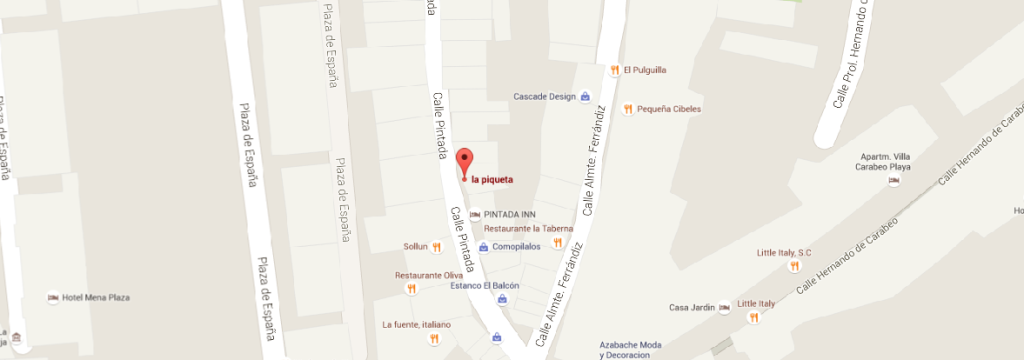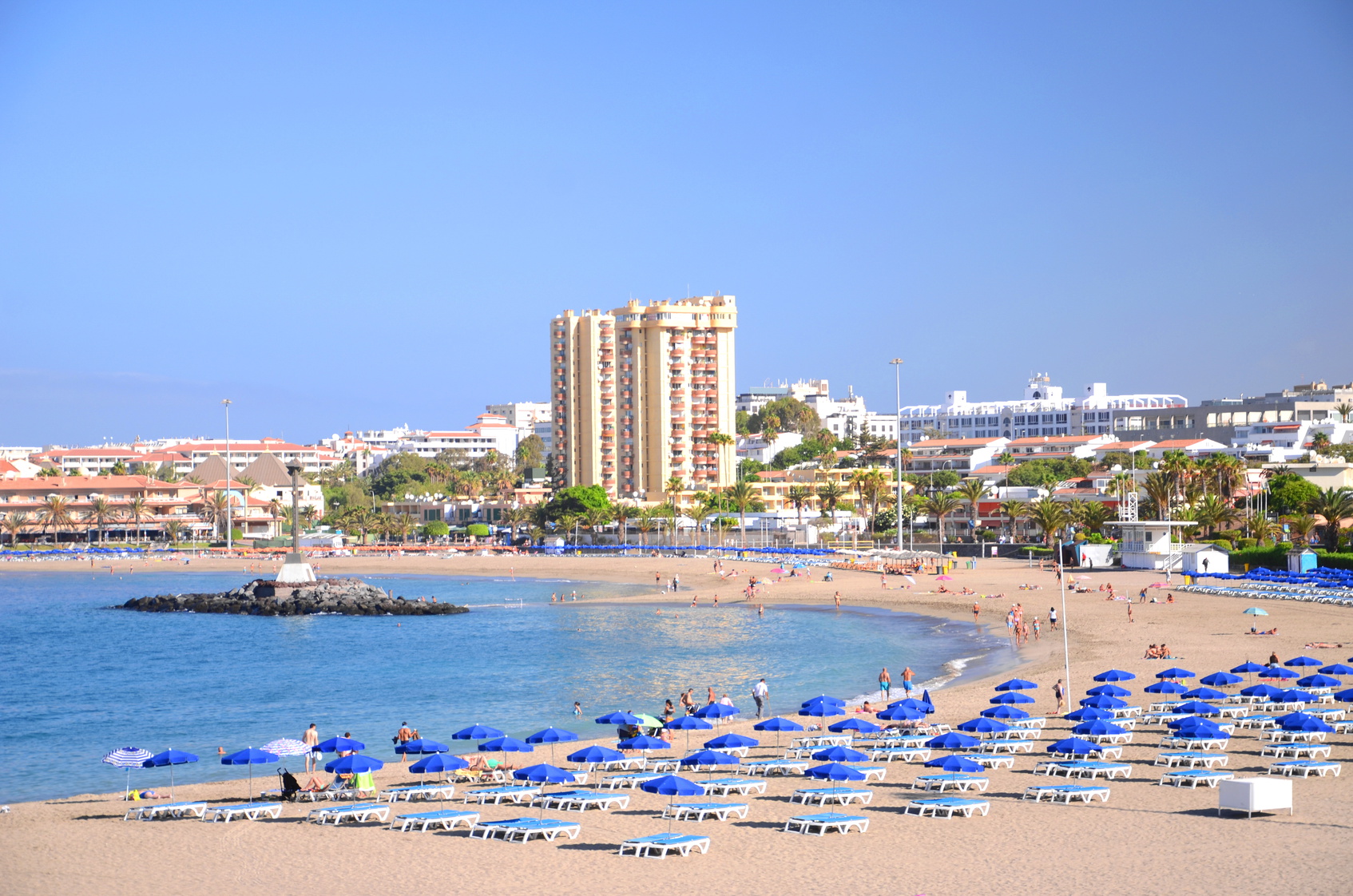Spain’s sun-soaked Costa del Sol is a hugely popular tourist area, but for those who like to get a little deeper into local culture and history than with the usual sun, sea and sand holiday, there’s plenty to discover if you head just slightly off the beaten track.
The coastal town of Nerja is a fascinating blend of old and new, managing to maintain a firm grip on its ancient Mudéjar roots and proud of its considerable natural attractions.
The Sierras de Alhama, Tajeda, y Almijara
Turn your back on the beaches (hard as that may be) and start the day early with an unforgettable hike in the shadow of the stunning Sierras de Tajeda, Almijara and Alhama. A designated natural park of over 40,000 hectares, and just 5km from the centre of Nerja, the sierras are criss-crossed with a network of graded trails suitable for anyone, with everything from a casual stroll to serious hikes.
If you’ve only got a short time, the manageable Pico de Lopera trail will give you an excellent taste of this region of great geographical importance, along with some pretty spectacular views.
If you’re of reasonable fitness the 5km Pico de Lopera trail will take you around an hour to complete – it ascends a short but steep 300m.
Visit the Nerja Caves
Once you’ve completed your morning walk, you also happen to be in the immediate vicinity of one of Spain’s most revered geological attractions: the Nerja Caves. Although they aren’t the only caves in the park, they are certainly the most famous.
Inside the caves, don’t miss:
- The Sala de Vestibulo – archaeological exhibits
- The Sala de Belén – calcite columns and skeletal remains
- The Sala de la Cascada o Balle – concert hall
- The Sala del Cataclismo – home to world’s largest stalagmite at 32 metres high
- The Rincón del Órgano – filled with fluted ‘musical’ columns
The vast series of caves stretch for an incredible 5km and date back millions of years; a guided tour is highly recommended for its fascinating historical value. When you emerge back into daylight, take a wander around the lovely Arabic gardens to see the Ermita de San Isidro, the emotive dedication to the town’s patron saint.
The Nerja Caves are open from 9.30am-17.30 daily, adults €10, children €6. There’s a regular scheduled bus running to and from the caves hourly or half-hourly between 8.30am-8.30pm. If you’ve got your own car it will only take around 10 minutes from the centre of town along the N-340.
The Eagle Aqueduct and the San Joaquin Sugar Mill
From the caves, it’s time to explore one of the most striking pieces of architecture you’ve seen since Gaudí’s work in Barcelona! Grab the makings of a picnic lunch in the village of Maro and head over to the Acueducto del Águila, a 19th century aqueduct that spans a steep edged valley. Still in use today, the bridge is indicative of the traditional Mudéjar style of architecture, and its importance has been recognised as a Site of Special Cultural Interest. The bridge gets its name from the double-headed eagle that sits atop its weather vane.
To get to the Eagle Aqueduct from the Nerja Caves, head back towards town to the village of Maro, from where you can easily walk from the car park. There are no charges to view the bridge.
- Tip: Around Maro, you might want to pay a quick visit to another site of historical importance, the eerie ruins of the San Joaquin Sugar Mill, which is on the coast road between Maro and Nerja. The ruins date back to 1585 and are an interesting reminder of the vital role sugar cultivation played in the evolution of Andalucía.
Sunset over the Playa de Maro
Time your drive back to Nerja (along the N-340 coast road) via the gorgeous Playa de Maro in time for a late afternoon swim and sunset over what’s been voted as the best beach in Andalucía. Encompassing a gentle cove fringed with limestone cliffs, narrow waterfalls spilling from the rock walls, and a wide pebbly beach, you’d be hard pressed to find a more idyllic place to enjoy one of Andalucía’s famous fiery sunsets.
Tapas and Flamenco!
You’re in Spain after all, so all in the name of culture, you owe it to yourself to round out your day with some authentic cuisine and entertainment – and that means tapas and flamenco!
- La Piqueta is the liveliest bar in Nerja, with a great mix of locals and tourists. You can sit inside or outside at the barrels and choose from the bar’s extensive range of cocktails, wine and beer. Not only can you enjoy the authentic Andalucían ambience and delicious drinks, you’ll be plied with free homemade tapas (which you get to choose) with every round! La Piqueta is just a short walk from the oceanfront at the bottom end of Calle Pintada.
- When you’ve had your fill of tapas, a visit to El Molino will give you a true taste of local culture that tourists don’t always get to see. The late night flamenco bar (it doesn’t open until 9.30pm) comes alive with performances from the bar owner, along with interludes from the staff and any patrons who care to join in, making for a fantastic (if fairly raucous) atmosphere. El Molino is in the centre of town at Calle San José 4, open 9.30pm-late.
If you’re staying anywhere in the surrounding area, Nerja is well worth a detour for an authentic experience not everyone is so lucky to enjoy…
How to Get to Nerja
You can fly from anywhere in the UK to southern Spain in less than three hours. If you’re heading straight for Nerja, once you land at Málaga airport, the fastest and most convenient way is by direct shuttle transfer. Book one of Shuttle Direct’s affordable pre-booked taxis from Malaga Airport and you’ll be there in under an hour.
If you’re travelling by public transport, you can take the A Express bus or suburban train from the airport to the centre of Málaga, then from the bus station connect with a local bus to Nerja.
If you’re staying in the Málaga area or anywhere on the Costa del Sol and have a hire car, getting to Nerja is very easy. Join the M23 or M20 heading towards towards Motril, then you can take either the E15 or A7 to Nerja.


